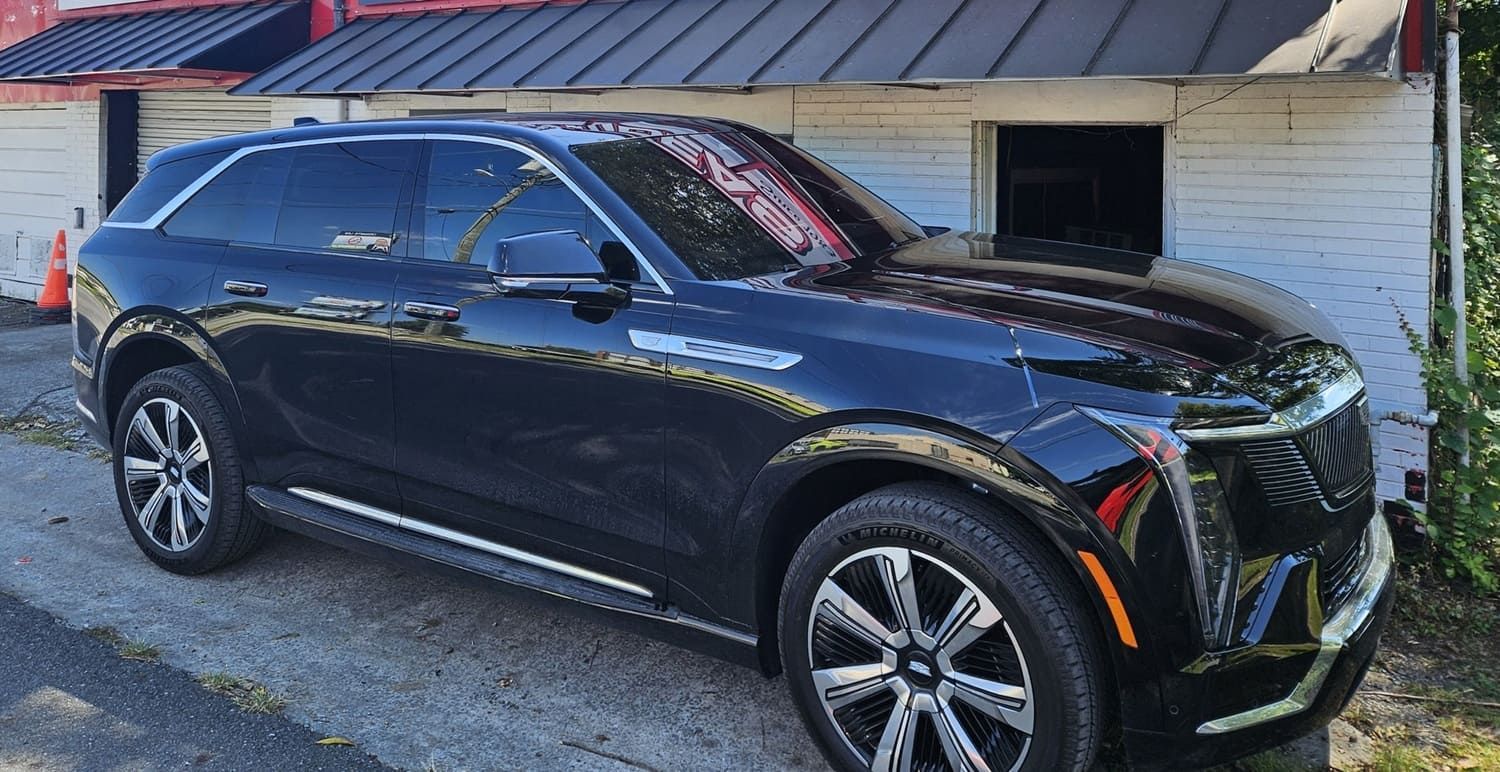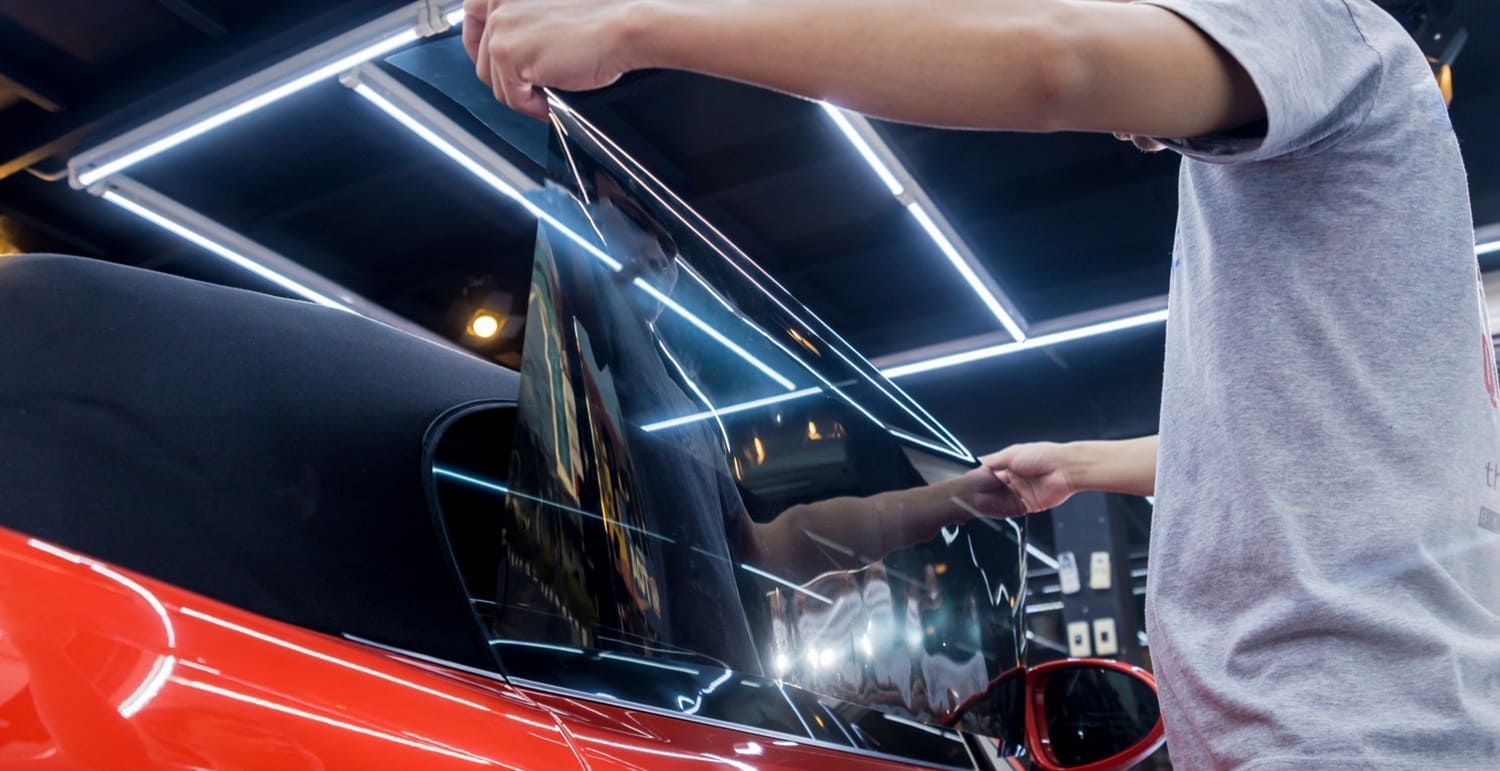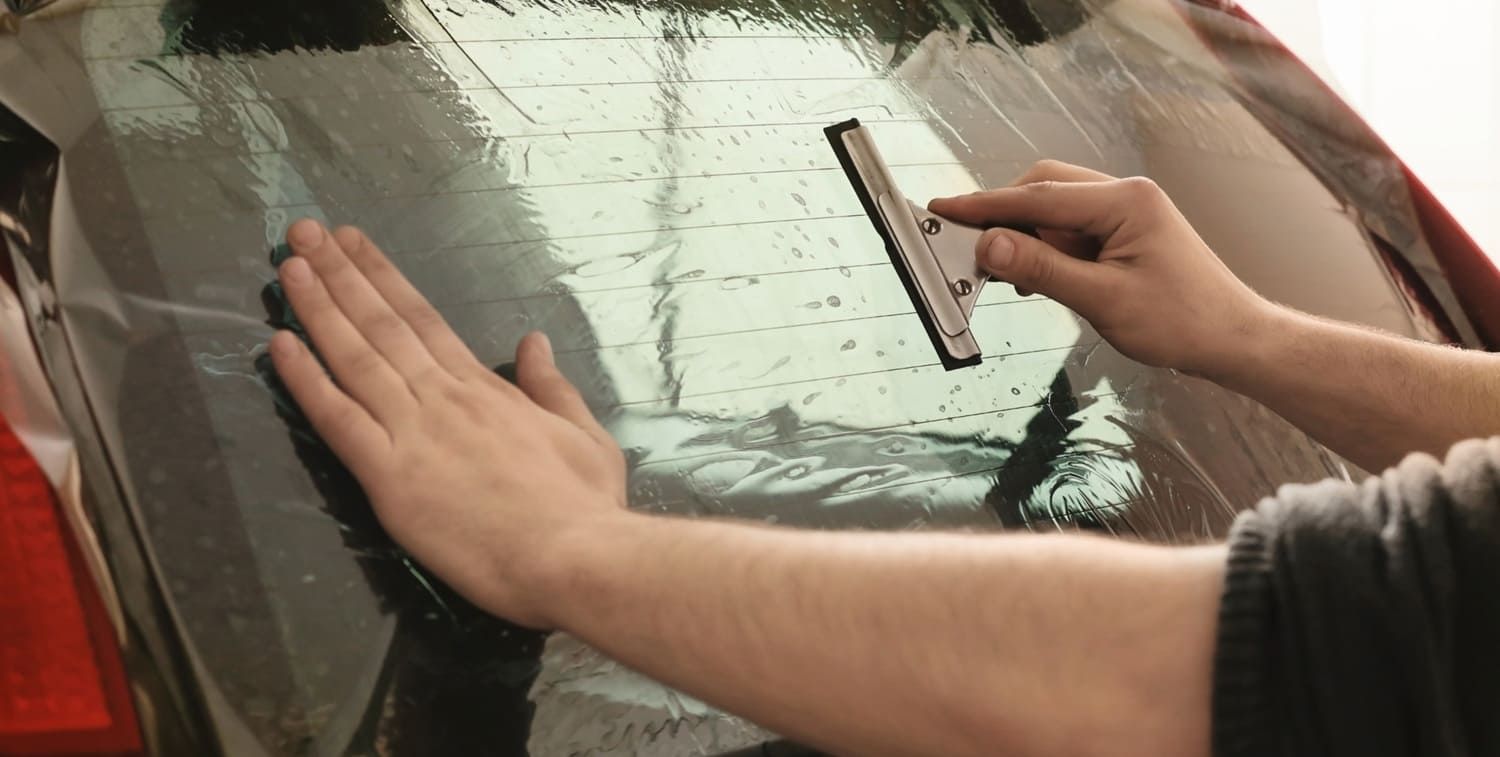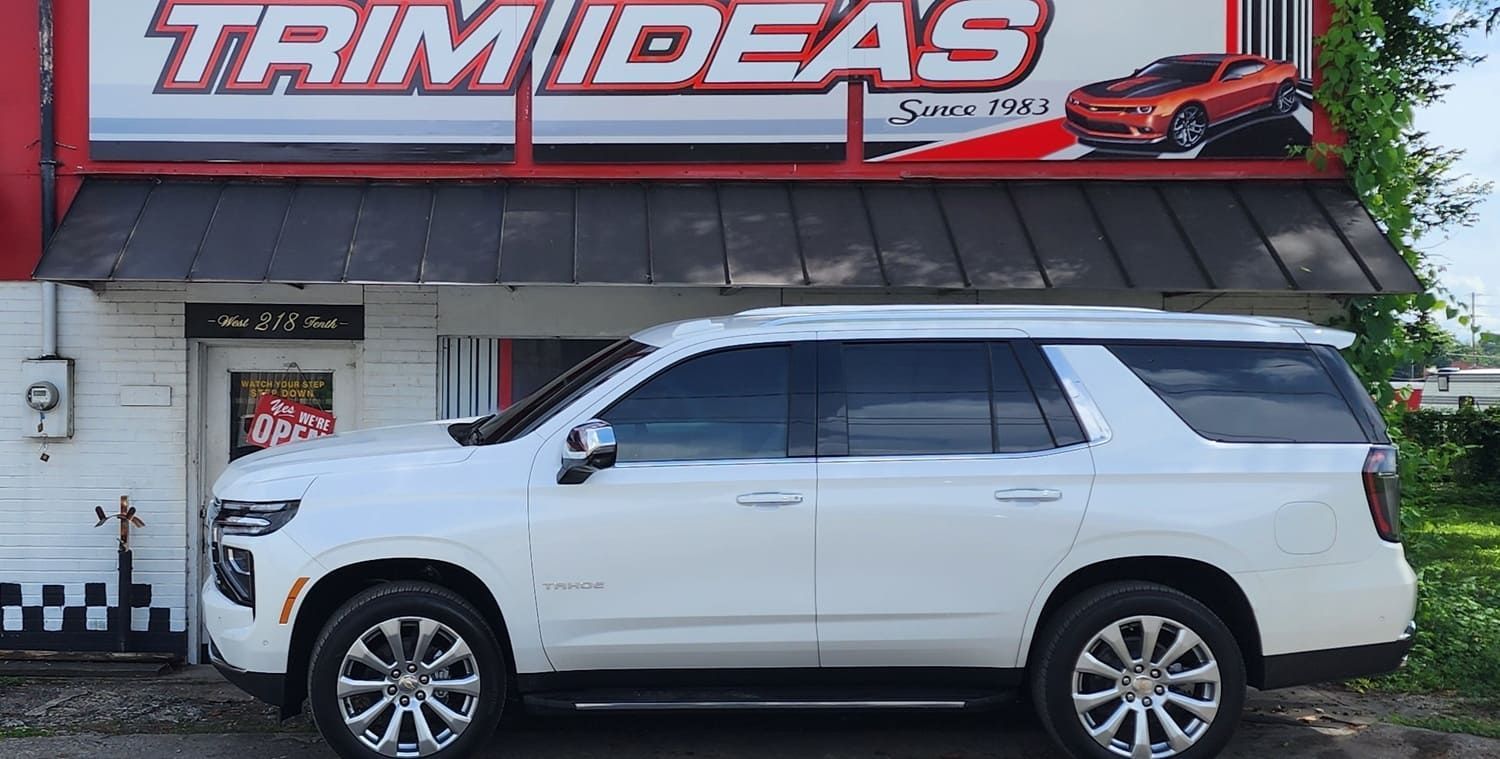What’s the Difference Between Ceramic and Dyed Tint?
When it comes to car window tinting, the choices can seem overwhelming. With an array of options available, each offering different benefits, it can be challenging to decide which one is right for your vehicle. Two popular options are ceramic and dyed tint. Understanding the differences between these two types of window films is crucial for making an informed decision that meets your needs and preferences. Whether you prioritize cost, appearance, or performance, knowing the specifics can guide you in selecting the best option.
In this article, we'll delve into the benefits and drawbacks of ceramic and dyed tints, providing you with a comprehensive guide to choosing the right window tint for your car. By exploring the fundamental characteristics of each tint type, you will gain insights into their performance, aesthetics, and cost implications, helping you make a choice that reflects your driving lifestyle.
Dyed tint is one of the most common types of window film available today. It is crafted by applying a layer of dye between an adhesive layer and a protective top coating. This type of tint is popular due to its affordability and ease of installation, making it a go-to option for many car owners. The straightforward manufacturing process results in a product that is accessible to a wide range of consumers.
The dyed tint offers a variety of shades and darkness levels, allowing car owners to tailor the appearance of their vehicle to their liking. The customization options make it an attractive choice for those who wish to enhance their vehicle's aesthetics while enjoying the basic benefits of window tinting.
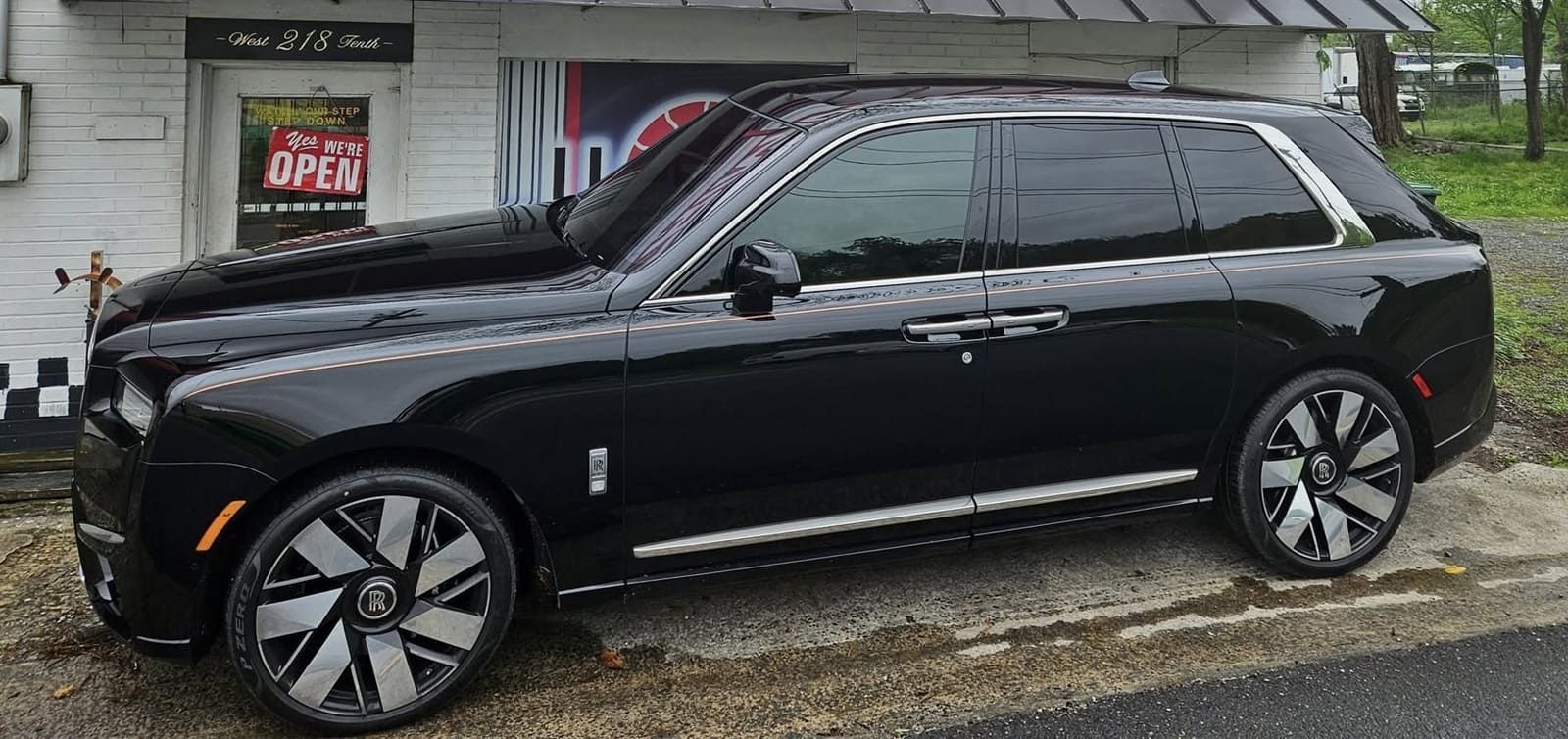
Advantages of Dyed Tint
- Cost-Effective: Dyed tint is generally the most affordable option for window tinting, making it accessible for budget-conscious consumers. Its lower price point allows for widespread use, especially for those looking to try window tinting for the first time without a significant financial commitment.
- Aesthetic Appeal: It offers a non-reflective, matte look, which can enhance the appearance of your vehicle. The matte finish provides a sleek and uniform appearance, often preferred by those who want a subtle yet stylish enhancement to their car's exterior.
- Glare Reduction: Dyed tint effectively reduces glare from the sun and headlights, making driving more comfortable. The reduction in glare can improve visibility and reduce eye strain, particularly during long drives or in bright conditions.
Disadvantages of Dyed Tint
- Heat Rejection: While dyed tint blocks sunlight, it doesn't offer significant heat rejection. This means your car may still get quite hot in the sun, limiting comfort in particularly warm climates. The lack of effective heat rejection can also lead to increased reliance on air conditioning, impacting fuel efficiency.
- Fading Over Time: The dye used in this tint can fade over time, especially with prolonged exposure to direct sunlight, which can affect its effectiveness and appearance. As the tint fades, it may lose its initial luster, requiring potential reapplication or replacement.
- Limited UV Protection: While it does provide some UV protection, it is not as effective as other types of tints. This limited protection means that both the vehicle's interior and the occupants are more susceptible to UV-related damage over time.
What is Ceramic Tint?
Ceramic tint is a premium option that uses advanced technology to improve performance. It is made by embedding ceramic particles in the film. Unlike dyed tints, ceramic tints do not contain any metal, dye, or carbon, making them a technologically superior choice for those seeking optimal performance. The innovation behind ceramic tint allows it to offer a range of benefits not available in more traditional tint options.
The ceramic particles in the film provide excellent clarity and superior performance in heat and UV protection. This type of tint is often chosen by those who prioritize long-term value and high-quality protection for themselves and their vehicles. The advanced composition of ceramic tint ensures that it remains effective without the drawbacks associated with other types.
Advantages of Ceramic Tint
- Superior Heat Rejection: Ceramic tint is highly effective at blocking heat. It can significantly reduce the temperature inside your car, enhancing comfort, especially in hot climates. This feature reduces the need for air conditioning, leading to improved fuel efficiency and a more pleasant driving experience.
- Enhanced UV Protection: This type of tint blocks up to 99% of harmful UV rays, protecting both your skin and your car's interior from damage. The high level of UV protection helps prevent fading of interior materials and reduces the risk of skin damage during long drives.
- Durability: Ceramic tints are known for their longevity. They do not fade over time and maintain their appearance and effectiveness for years. This durability ensures that the initial investment provides long-term value, reducing the need for frequent replacements.
- Signal Clarity: Unlike metallic tints, ceramic tints do not interfere with electronic signals, ensuring clear communication for mobile phones and GPS devices. This feature is especially important for those who rely heavily on in-car technology and connectivity.
- Improved Safety: The strong adhesive used in ceramic tints can help hold shattered glass together in the event of an accident. This added safety feature can protect passengers from injury and enhance the overall safety profile of the vehicle.
Disadvantages of Ceramic Tint
- Higher Cost: The advanced technology and materials used in ceramic tints make them more expensive than dyed tints. While the upfront cost is higher, many find the benefits and longevity of ceramic tint justify the expense.
- Installation Complexity: Ceramic tint requires a more precise installation process, which may lead to higher installation costs. The complexity ensures that the tint performs optimally, but it necessitates professional installation to achieve the desired results.
Ceramic vs Dyed Tint: A Comparison
Appearance
- Dyed Tint: Offers a matte, non-reflective finish, which can appeal to those seeking a subtle look. The understated appearance blends well with many vehicle styles, providing a classic look.
- Ceramic Tint: While also non-reflective, it often has a slightly clearer appearance, maintaining the natural look of windows. This clarity can enhance the aesthetic appeal of the vehicle, providing a modern and sophisticated appearance.
Heat and UV Protection
- Dyed Tint: Provides basic heat and UV protection, but is not as effective as ceramic tint. It may suffice in moderate climates but might not meet the needs of those in hotter regions.
- Ceramic Tint: Offers superior heat rejection and nearly complete UV protection, making it ideal for hot climates and for those concerned about skin health. The comprehensive protection contributes to the longevity and comfort of the vehicle's interior.
Durability
- Dyed Tint: Susceptible to fading and bubbling over time due to sun exposure. This may lead to a need for reapplication, affecting the overall cost-effectiveness.
- Ceramic Tint: Highly durable, with no risk of fading or bubbling, ensuring long-term performance. The stability and resilience of ceramic tint make it a reliable long-term investment.
Cost
- Dyed Tint: Generally more affordable, appealing to budget-conscious consumers. Its lower initial cost makes it a popular choice for those prioritizing immediate savings.
- Ceramic Tint: More expensive due to its advanced materials and performance benefits. The higher cost is often offset by the long-term advantages and reduced need for maintenance.
Installation
- Dyed Tint: Easier to install, which can lead to lower installation costs. The simplicity of installation makes it accessible for DIY enthusiasts and reduces overall expenses.
- Ceramic Tint: Requires precise installation, which may increase installation costs but ensures high performance. Professional installation is recommended to fully leverage its benefits and longevity.
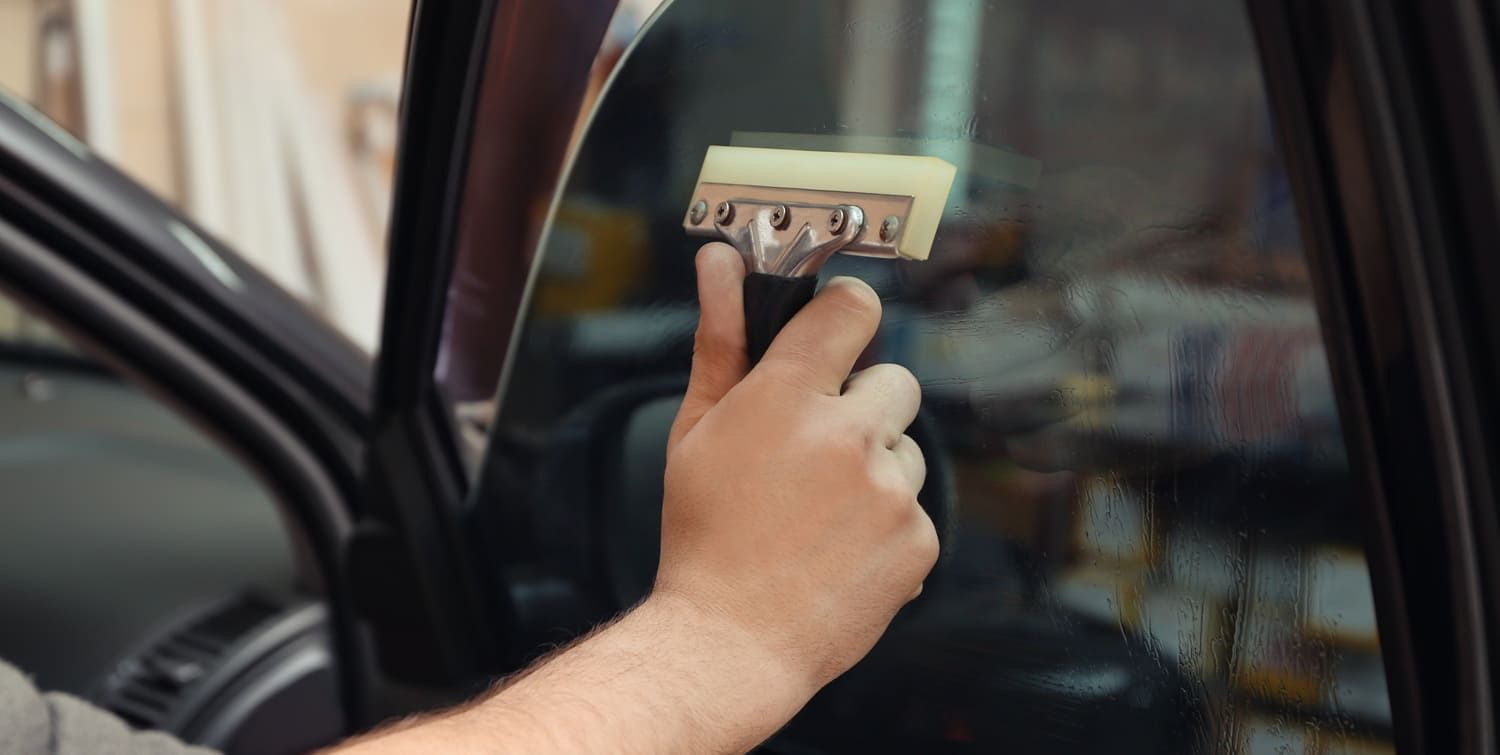
Choosing the Right Tint for Your Car
The decision between ceramic and dyed tint ultimately depends on your priorities and budget. If cost is your primary concern and you're looking for basic tinting, dyed tint may be the right choice. However, if you prioritize performance, durability, and protection, investing in ceramic tint can offer long-term benefits that justify the higher initial cost.
Consider Your Environment
If you live in a hot climate or spend a lot of time driving in sunny conditions, the superior heat rejection and UV protection of ceramic tint can greatly enhance comfort and safety. On the other hand, if your driving conditions are more moderate, dyed tint may suffice, providing a cost-effective solution without compromising too much on comfort.
Evaluate Your Budget
Consider both the initial cost and long-term benefits. While ceramic tint is more expensive upfront, its durability and performance may offer better value over time. Assessing your long-term goals and financial situation can help determine which option aligns best with your needs.
Consult a Professional
For those still unsure, consulting with a window tinting professional can provide personalized recommendations based on your vehicle and driving habits. Professionals can offer insights into the best options for your specific circumstances and ensure a high-quality installation. Search for "car window tinting near me" to find experts who can guide you through the process and help you achieve the best results.
Conclusion
At Trim Ideas, your trusted LLumar dealer and premier window tinting installers near you serving Rome, GA, we help you navigate the differences between ceramic and dyed window tints so you can make the best decision for your vehicle.
Each option has its own advantages—dyed tint offers a more budget-friendly solution with solid UV protection, while ceramic tint provides superior heat rejection, clarity, and longevity. By considering your climate, performance needs, and budget, you can select the ideal film that enhances both style and comfort.
No matter which you choose, LLumar’s high-quality films ensure long-term durability and exceptional protection. Contact Trim Ideas today for a free estimate, and let us help you upgrade your vehicle with the perfect window tinting solution for a cooler, safer, and more stylish drive.
FAQs About Ceramic vs. Dyed Window Tint Films
What is the main difference between ceramic and dyed tint?
Ceramic tint uses advanced nano-ceramic particles to block heat and UV rays without metal or dye, while dyed tint relies on colored dye to absorb sunlight and reduce glare.
Which tint blocks more heat: ceramic or dyed?
Ceramic tint outperforms dyed film in heat rejection. It can block up to 80–90% of infrared heat, keeping your vehicle cooler.
Does ceramic tint last longer than dyed tint?
Yes. Ceramic tints are more durable and fade-resistant, often lasting 10+ years, while dyed tints can fade or discolor within a few years.
Is dyed tint more affordable than ceramic tint?
Yes. Dyed film is typically the most budget-friendly option, while ceramic tint is considered a premium upgrade.
Does ceramic tint look darker than dyed tint?
Not necessarily. Ceramic tint offers high performance even at lighter shades, while dyed tint requires darker shading to achieve similar heat reduction.
Do both tints provide UV protection?
Yes, but ceramic tints provide superior UV protection, often blocking 99%+ of harmful UV rays to protect skin and interiors.
Can ceramic tint interfere with signals?
No. Unlike some metallic films, ceramic tint is signal-safe, meaning it won't disrupt GPS, mobile, or Bluetooth connections.
Does dyed tint affect visibility more than ceramic?
Yes. To match ceramic’s performance, dyed films must be darker, which can reduce nighttime visibility more than a high-end ceramic film.
Which tint is better for reducing glare?
Both reduce glare, but ceramic tint does a better job overall due to its superior infrared rejection and optical clarity.
Is ceramic tint worth the extra cost?
For most drivers—especially in hot or sunny climates—ceramic tint is worth it due to its long-term comfort, protection, and durability.
Does dyed tint still protect the interior from fading?
To a degree. It offers basic UV protection, but not as effectively as ceramic, which also guards against infrared damage to materials.
Is ceramic tint more difficult to install?
It requires more precision due to its multi-layer construction, but professional installers are well-equipped to handle both types.
Are there warranties available for both types of tint?
Yes. Ceramic tint often includes longer warranties, sometimes lifetime, while dyed tint warranties are usually shorter (3–5 years).
Which tint is better for electric or luxury vehicles?
Ceramic tint is recommended, as it provides superior heat control without affecting sensitive electronics or luxury finishes.
Does dyed tint peel or bubble more easily?
Yes. Over time, dyed tint is more prone to bubbling, peeling, or turning purple, especially if exposed to intense sunlight.
Can you see a difference in appearance between the two?
Yes. Ceramic films have a clearer, more color-stable finish, while dyed films may appear flat, matte, or lose color over time.
Is one type of tint more eco-friendly?
Ceramic tint helps reduce energy usage in climate control, making it a more environmentally friendly option over time.
Which is better for long drives or daily commuting?
Ceramic tint is ideal for comfort and eye strain reduction, especially if you're driving long distances or commuting daily in bright conditions.
Can I combine dyed and ceramic tint?
It’s not recommended to layer different film types. Choose a single, high-performance ceramic film to meet all your needs.
How should I choose between them?
If you're on a tight budget and want basic sun protection, go with dyed tint. If you want maximum comfort, durability, and performance, choose ceramic tint.


